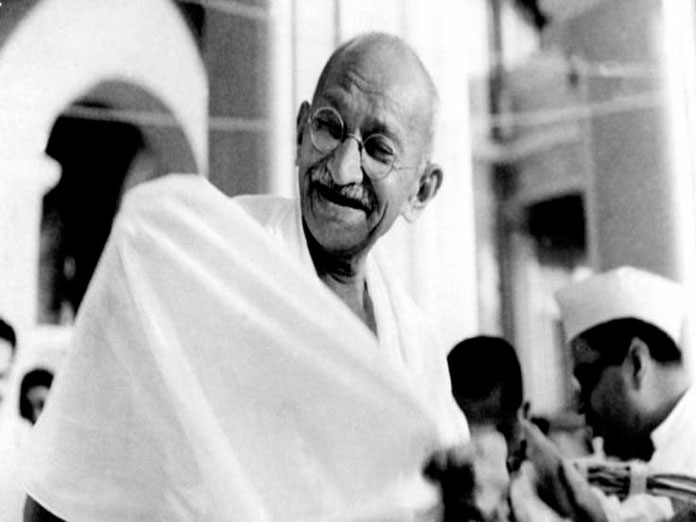Khadi Express train tracing Mahatma Gandhi's life journey to begin ops in 2 months

The special train will consist of eight bogies including one compartment dedicated to exhibitions and paintings of the Father of the Nation, displaying his lifestyle and messages, the KVIC chairman told PTI
The special train will consist of eight bogies including one compartment dedicated to exhibitions and paintings of the ‘Father of the Nation', displaying his lifestyle and messages, the KVIC chairman told PTI.
A ‘Khadi Express' train tracing the life journey of Mahatma Gandhi in the country and his love for Khadi will be started in two months, Khadi and Village Industries Commission (KVIC) Chairman Vinai Kumar Saxena said.
The special train will consist of eight bogies including one compartment dedicated to exhibitions and paintings of the ‘Father of the Nation', displaying his lifestyle and messages, the KVIC chairman told PTI.
"The Khadi Express should begin operations in next two months. We will also sell Khadi at different stations with one bogie dedicated for the sale of products," Saxena said.
The train is expected to halt for one or two days at various places where Gandhiji stayed during his struggle for India's independence from the British rule.
"The route we are planning to start from Porbandar, then it will come to Sabarmati, Ahmedabad, Rajkot, Mumbai, Wardha and several other places.
“We are targeting at least 20 stations. The basic criteria is placed where Gandhiji visited and where railways has the facility to park the train,” Saxena said.
The KVIC had written to Indian Railways for running an express train to exhibit Khadi products in view of 150th birth anniversary of Mahatma Gandhi.
The Khadi Express will also comprise a bogie showing a live demo of how Khadi is made using a charkha or spinning wheel.
Khadi became synonymous with Gandhi after began promoting the spinning of the handwoven fabric as a means of rural self-employment among Indians, instead of using cloth manufactured industrially in Britain in the 1920s, making it an icon of the Swadeshi movement.

















